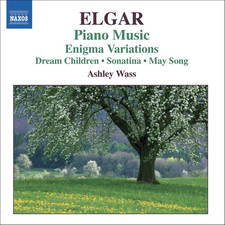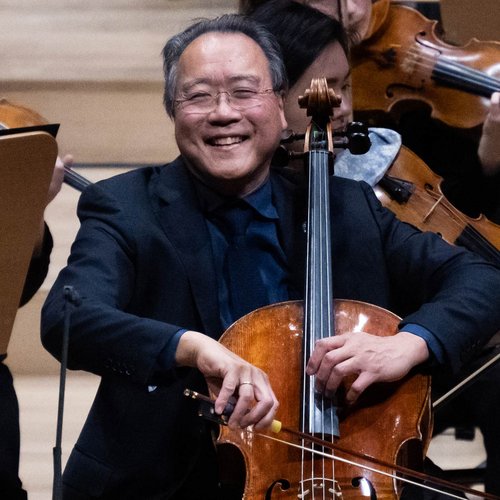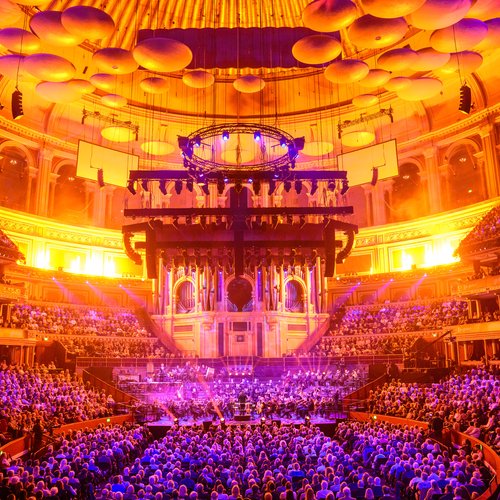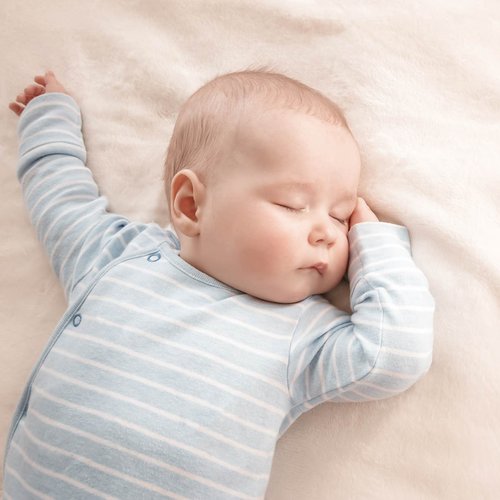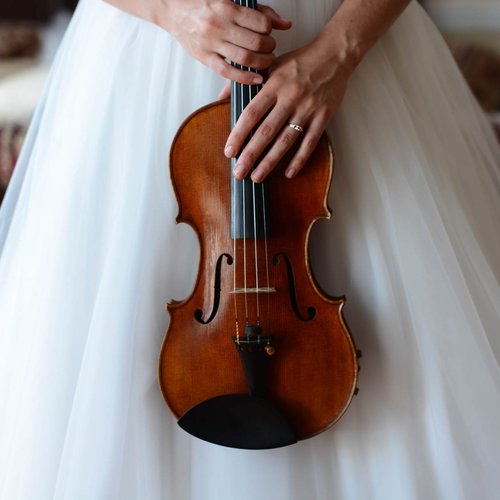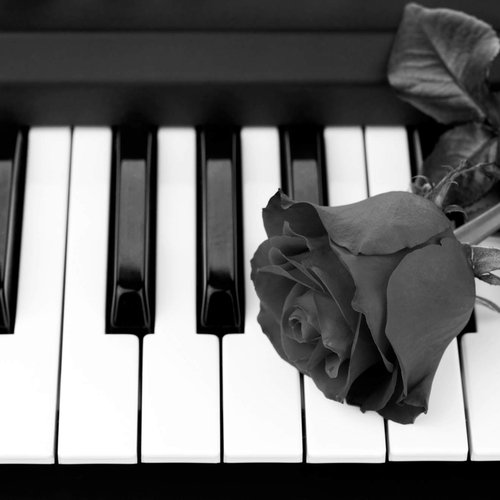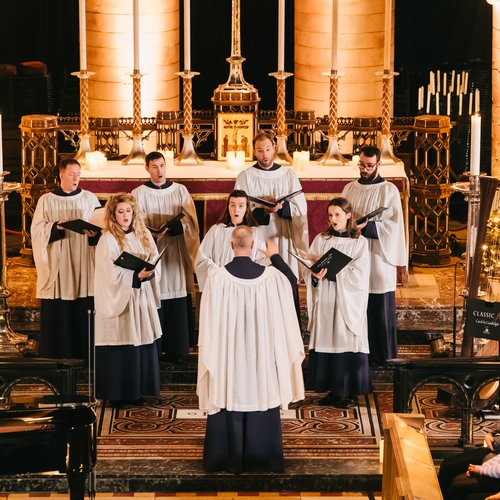What does ‘concerto’ mean in classical music, and what is its history?
28 November 2024, 15:31

It’s one of the most enduringly popular classical music forms ever created, but what makes a piece of music a ‘concerto’, and where did it come from? We explore...
Listen to this article
If you’ve spent any time around classical music, you might have heard the word ‘concerto’. It is a testimony to the enduring relevance of the concerto that for over four centuries, the genre has evolved, reformed and continues to provide a vehicle for expression that resonates through the ages.
But what is a concerto, and where did it come from? We examine the origins, development and history of one of classical music’s most famous forms.
A concerto as we know it today is an instrumental composition, written for one or more soloists and accompanied by an orchestra or other ensemble. It is typically a work which contains three movements, the first and last of which are usually quick-paced, with a slower tempo for the middle movement.
The purpose of a concerto is partly to showcase the virtuosic abilities of the instrument and musician the piece is written for and, as a result, some of the most spectacular moments of instrumental writing can be found in concertos.
Read more: The 20 greatest concertos in classical music

When was the concerto invented?
The Italian word concerto, meaning accord or gathering, derives from the Latin verb concertare, which indicates a competition or battle.
Perhaps surprisingly, the concerto’s origins can be traced back to a genre of vocal music in the late 16th century.
In this period and into the 17th century, sacred works for voices and orchestra were typically called concertos, as reflected by J.S. Bach's usage of ‘concerto’ for works we would now call cantatas. The term ‘concerto’ was initially used to denote works written for voices and instruments with independent parts – as opposed to simply doubling the vocal parts, which was common practice in the Renaissance era.
Giovanni Gabrieli’s In Ecclesiis provides us with a good idea of what this early model of a concerto looked and sounded like. Written for eight singers and a small group of solo instrumentalists, the work has elements of virtuosity – particularly in the solo vocal parts – that will later be associated with the concerto genre.

Giovanni Gabrieli - In ecclesiis | EMV
Around a century later the instrumental variant appeared, with Italian composers such as Giuseppe Torelli and Arcangelo Corelli paving the way with the publication of their respective concertos in the Baroque era.
In works such as Corelli’s Concerto in D Major Op. 6, the virtuoso writing is not in one instrumental part but spread between multiple instruments. This form is named the concerto grosso – literally ‘big concerto’.

Arcangelo Corelli: Concerto in D Major Op. 6 No. 4, complete. Voices of Music; original instruments
Who were the early influencers of the concerto form?
In the second half of the Baroque era, the concerto as we know it started to take shape, with composers Albinoni, Vivaldi, Handel and Bach all writing significant works. The concerto was considered a typical Italian compositional style, and as Italian styles were very fashionable, composers sought to emulate this in their compositions.
During this period, concertos were mainly for solo string or wind instruments, although there are notable exceptions, including Bach’s concerto for two violins and orchestra and his six Brandenburg concertos, written for various solo instruments and orchestra.
Keyboard concertos had yet to become a mainstay of the genre, but all of this was about to change…

Albinoni's Trumpet Concerto - I. Allegro | Classic FM
In the Classical era, the concerto became one of the most prominent forms of instrumental composition, alongside the development of the symphony. C.P.E. Bach wrote numerous keyboard concertos, which influenced a generation of prominent classical composers.
It was during this period that the conventional structure of the concerto emerged, with a first movement commonly written in ‘sonata form’ a slow and reflective second movement, and then a lively third movement, commonly a ‘Rondo’.
By the late 18th century, the concerto boom was in full swing, with Mozart writing for a host of instruments, including 5 violin concertos, 4 horn concertos, 21 piano concertos, 2 for flute and one each for bassoon and oboe.
Haydn wrote a breakthrough trumpet concerto – the first to make use of the instrument’s newly invented chromatic capabilities – in addition to works for cello, keyboard and even a double bass concerto which was sadly lost in a fire.
Read more: What’s the difference between a symphony, a concerto, and a sonata?

Haydn Cello Concerto No.1 – Finale | Classic FM
Pushing the boundaries of the concerto form
In the Romantic era, the concerto received a startling facelift, becoming a vehicle for some of the most expressive and passionate music ever written. Composers such as Tchaikovsky, Liszt, Bruch and Brahms wrote mammoth staples, which pushed instrumental virtuosity to new heights.
The raw psychological power of hearing a solo instrument battling against an entire orchestra aligned with the ideals of self-determinism that flourished in this period.
Musical pioneer of the Romantic era, Hungarian composer Franz Liszt wrote two highly virtuosic concertos that were more rhapsodic and freer in form, deviating from the three-movement model. On the manuscript of his second concerto, the words ‘concerto symphonique’ are written – which gives you a sense of the transformation the genre was undergoing, as he attempted to free himself from the more rigid structures of the past.
Read more: Lisztomania: the wild phenomenon that gripped 19th-century crowds

Tchaikovsky: Piano Concerto No. 1 | Martha Argerich, Charles Dutoit & the Verbier Festival Orchestra
Even the musically conservative Brahms was busy redefining the model, fully integrating the piano into the orchestral writing of his 2 piano concertos, which resulted in two masterpieces that are more akin to a symphony for piano, pushing the limits of the form and experimenting with how many movements a concerto should have.
Composers also wrote highly important concertos for multiple instruments, such as Beethoven’s Triple Concerto, Brahms' Double Concerto, and Schumann’s Konzertstück for 4 horns and orchestra.
What does a concerto mean today?
From the 20th century onwards, the concerto has morphed and transformed to take a multitude of forms, as composers no longer felt constrained by the models established in the 18th century.
Some of the best-loved works are from the early 20th Century, such as Rachmaninov’s four sumptuous piano concertos, Elgar’s cello concerto and Sibelius’s violin concerto.
Some composers, like Stravinsky, decided to look back to the early concertos of Corelli and Bach for inspiration, and some pioneered entirely new concepts, such as Bartók in his concerto for orchestra.

Arsha Kaviani plays beautiful second movement of Rachmaninov’s Piano Concerto No.2
Concertos are still being written to this day, with 21st-century composers such as Nico Muhly, Sofia Gubaidulina, and Thomas Adès all producing fantastic works in the genre.
It seems certain that the genre will endure, as it remains one of the pillars of the classical music world which started taking shape before Shakespeare’s time.
